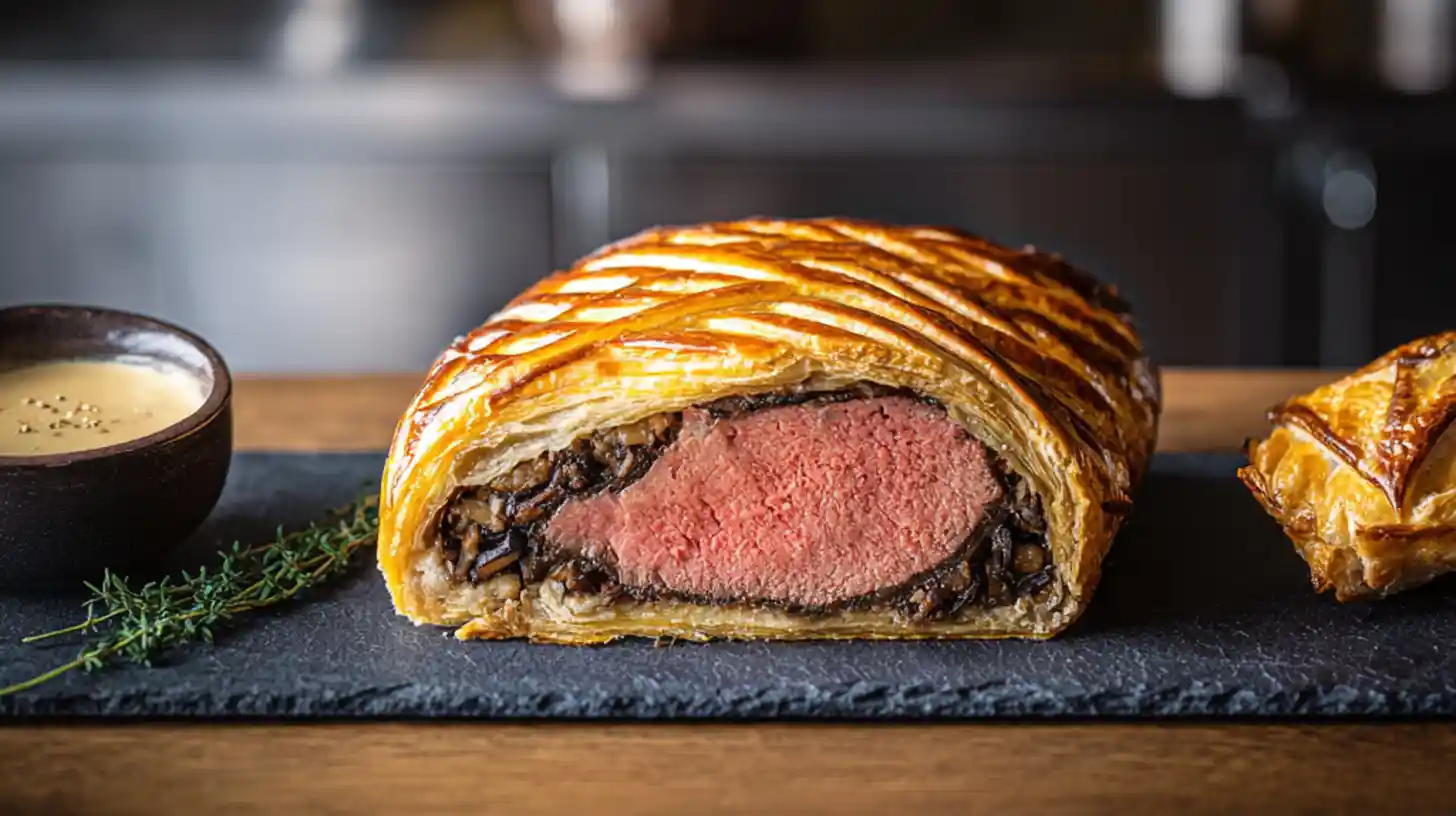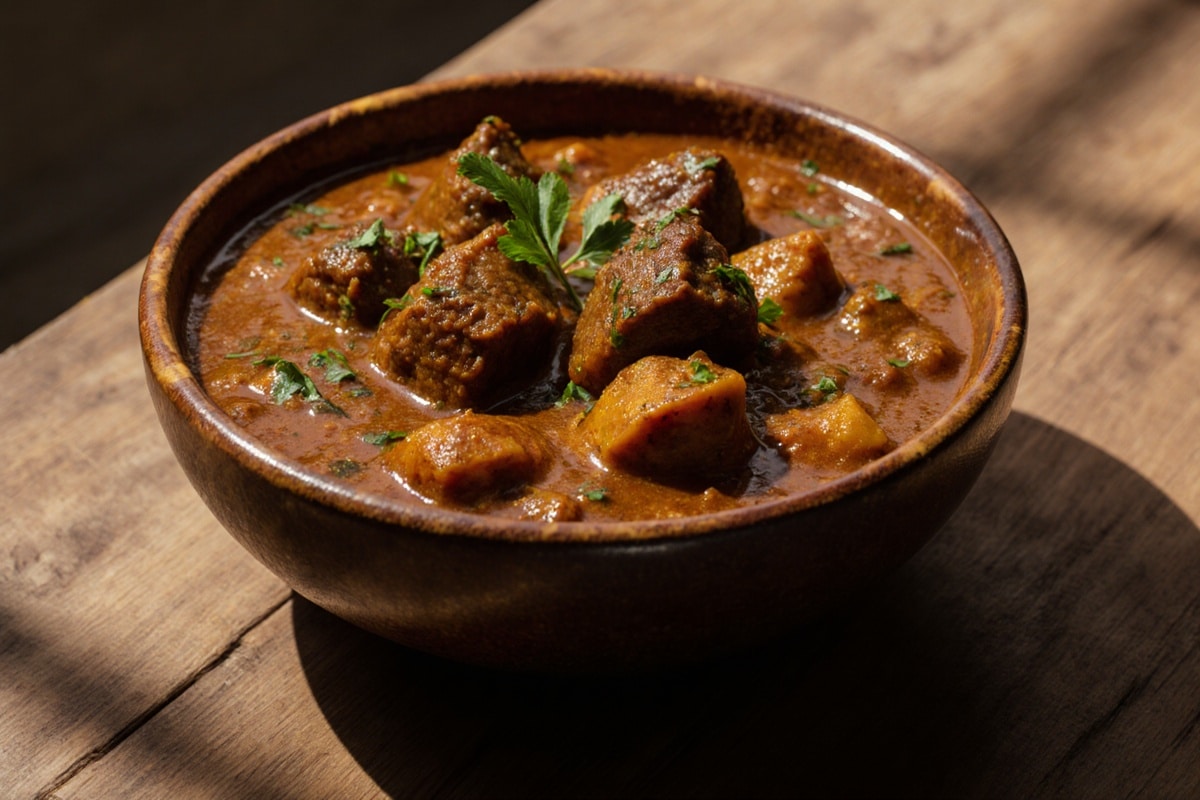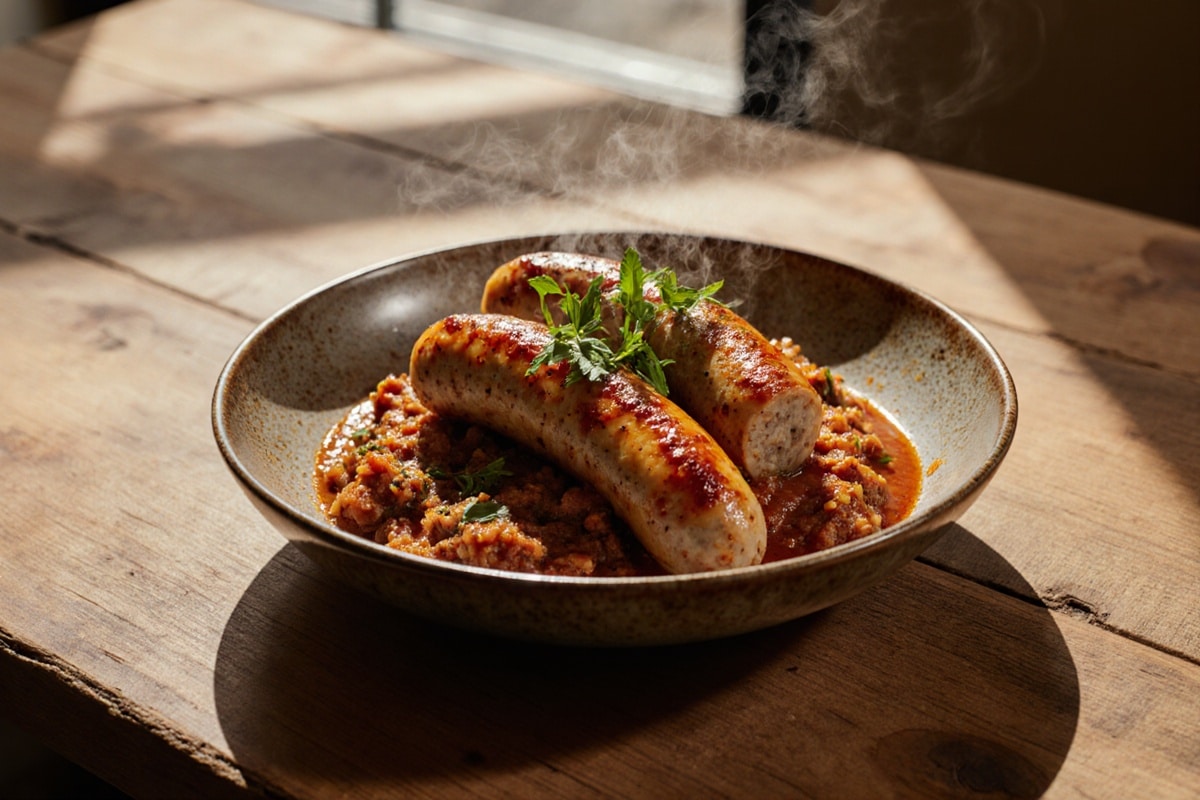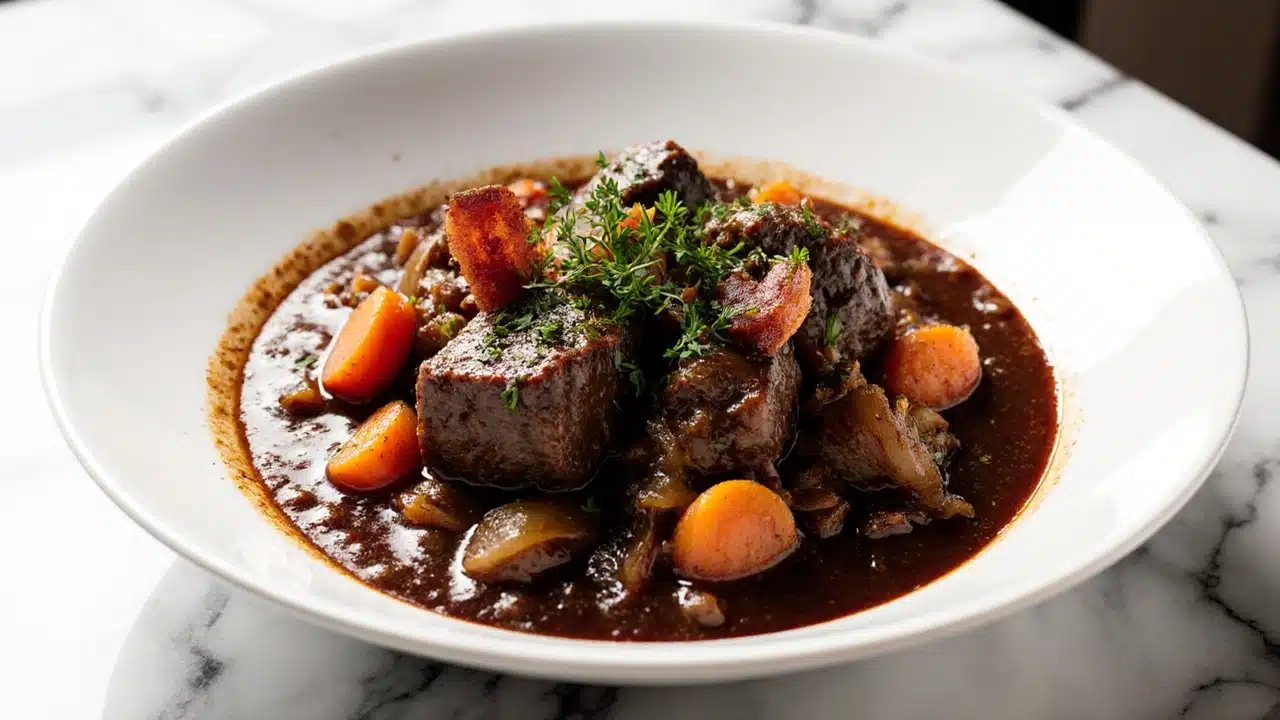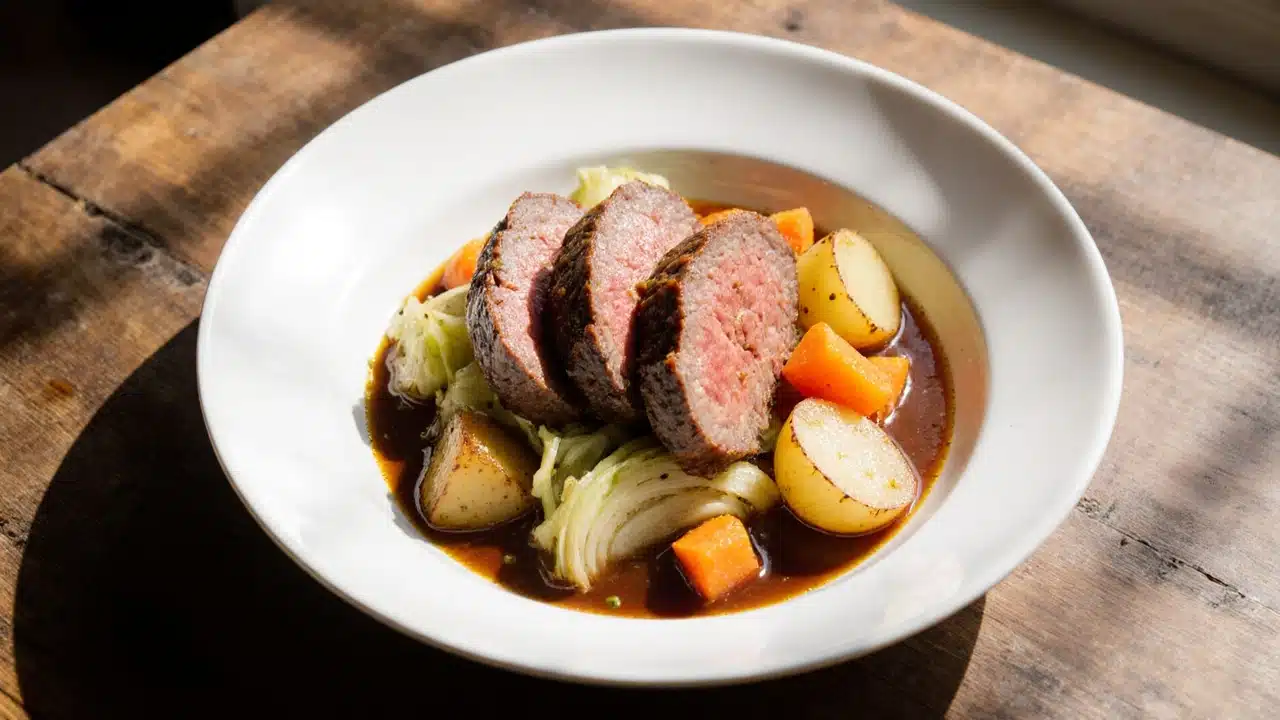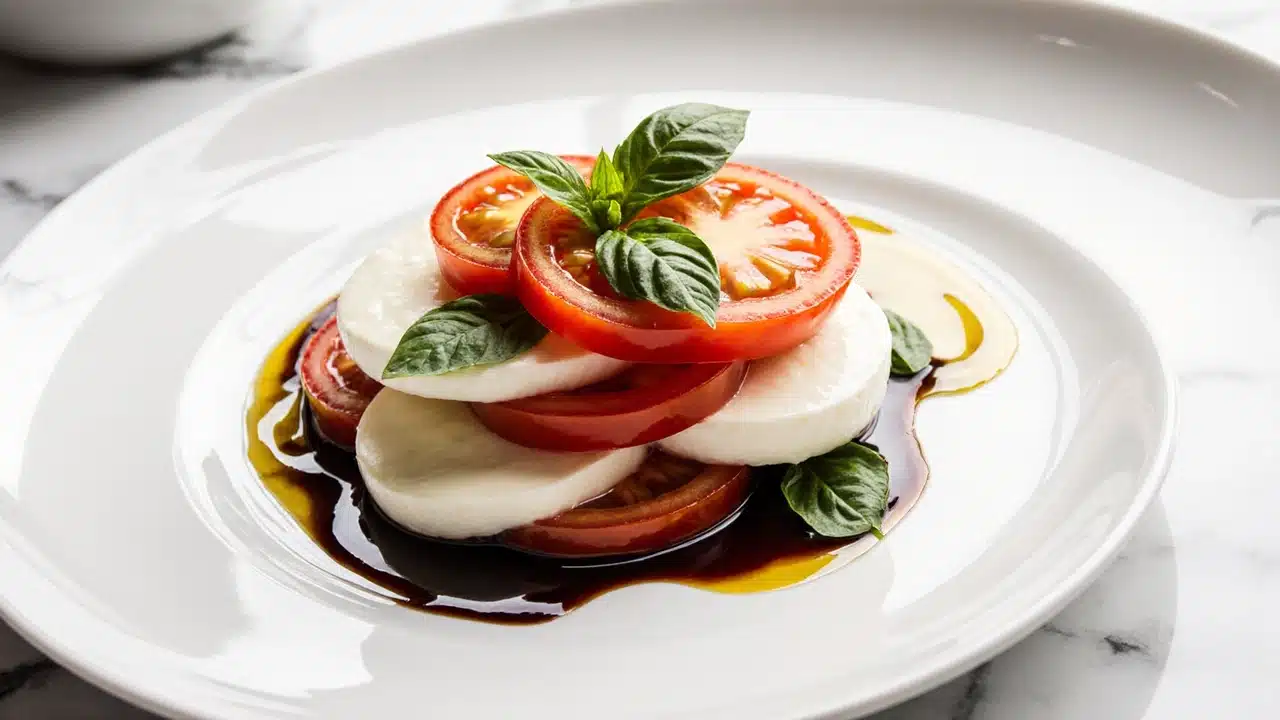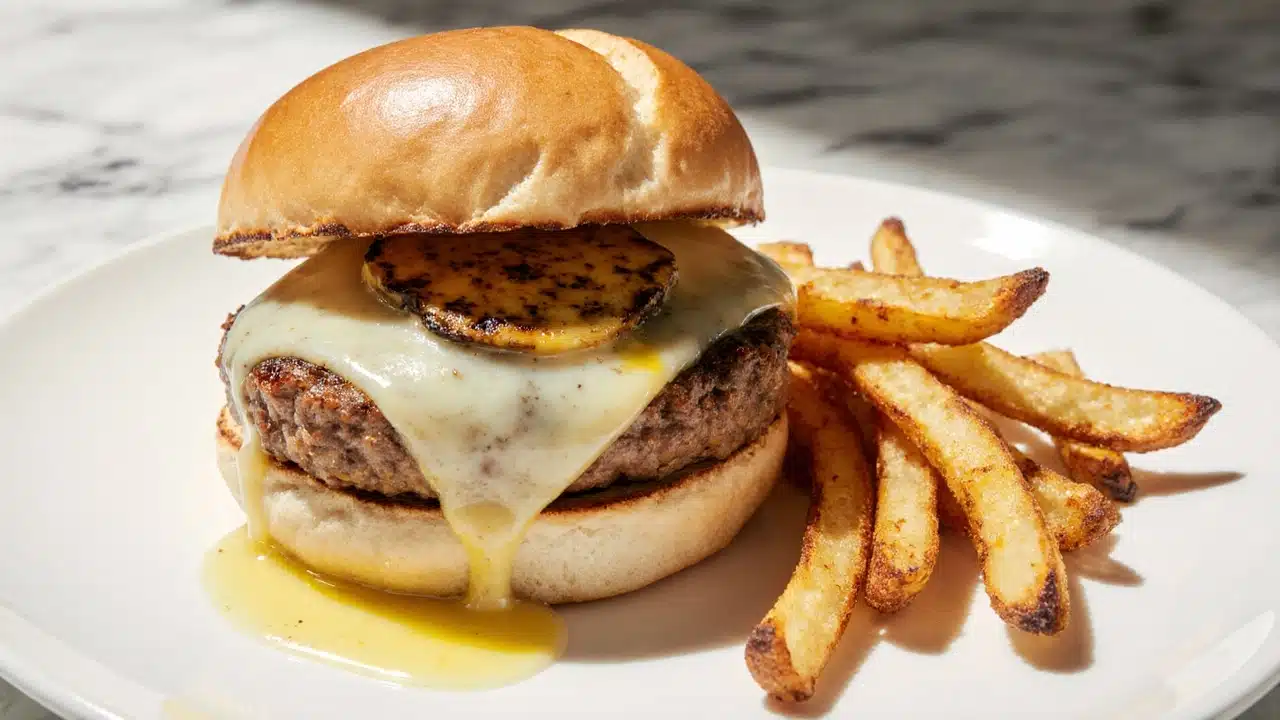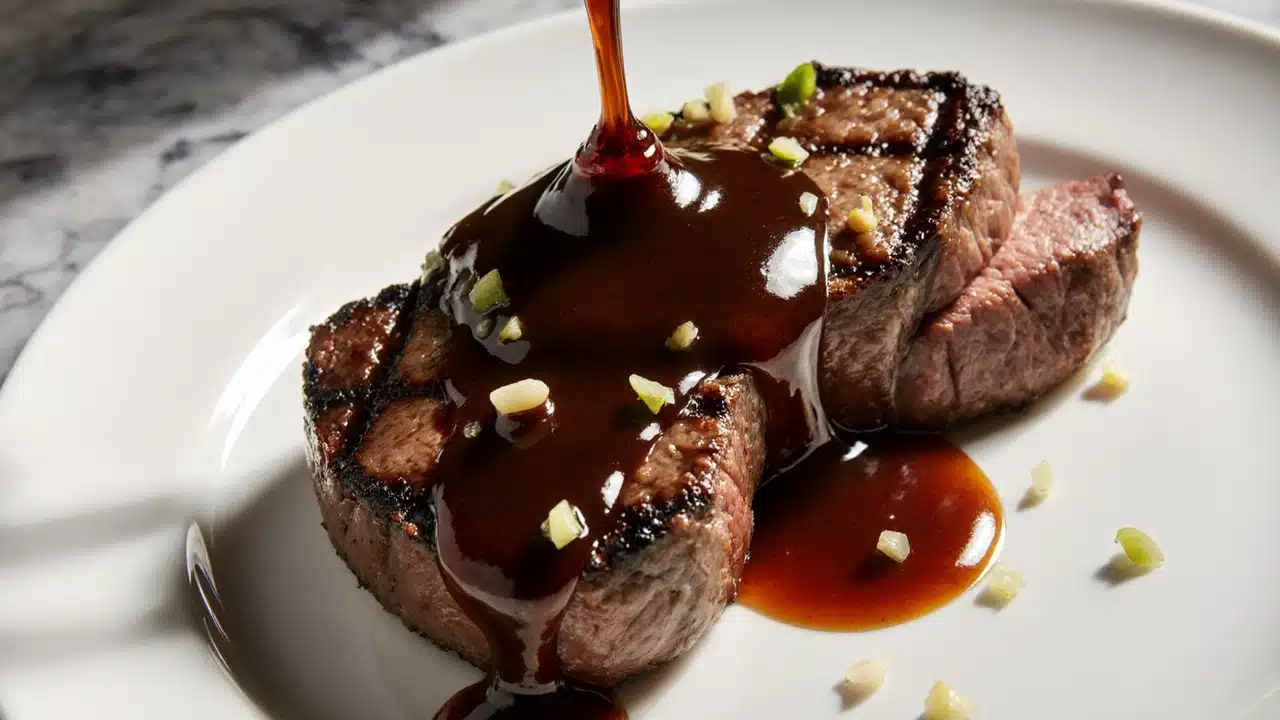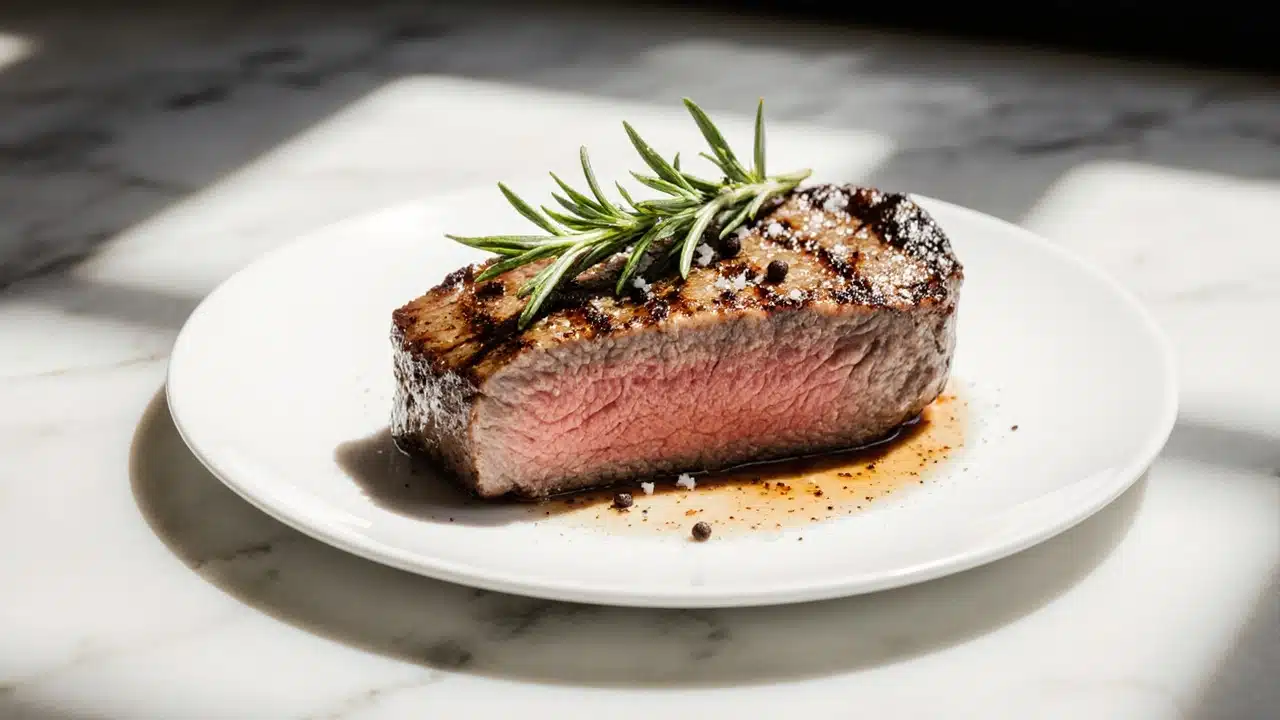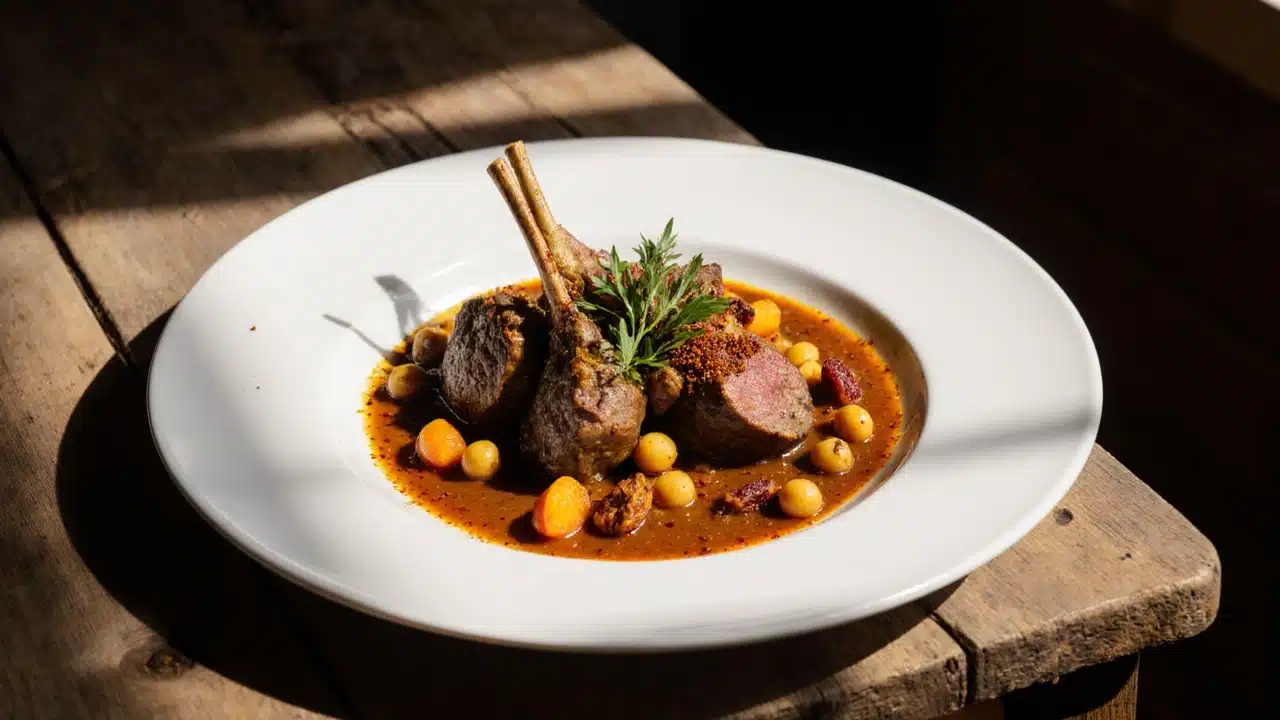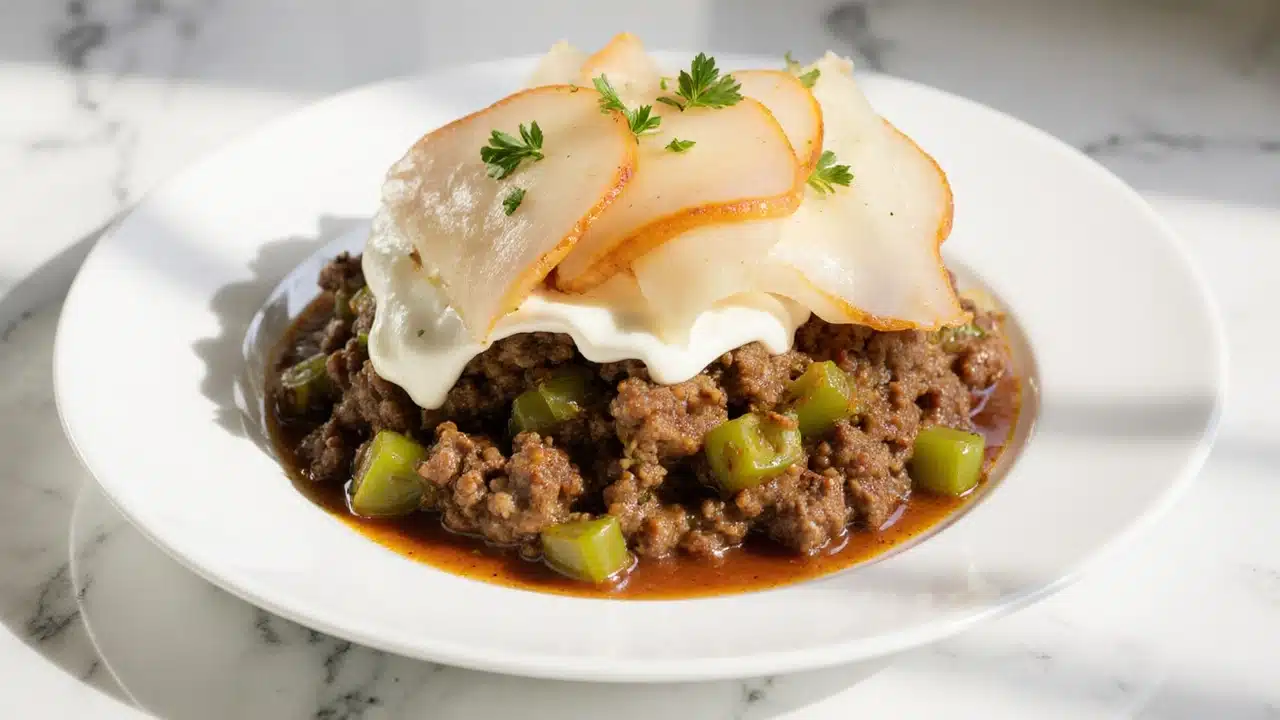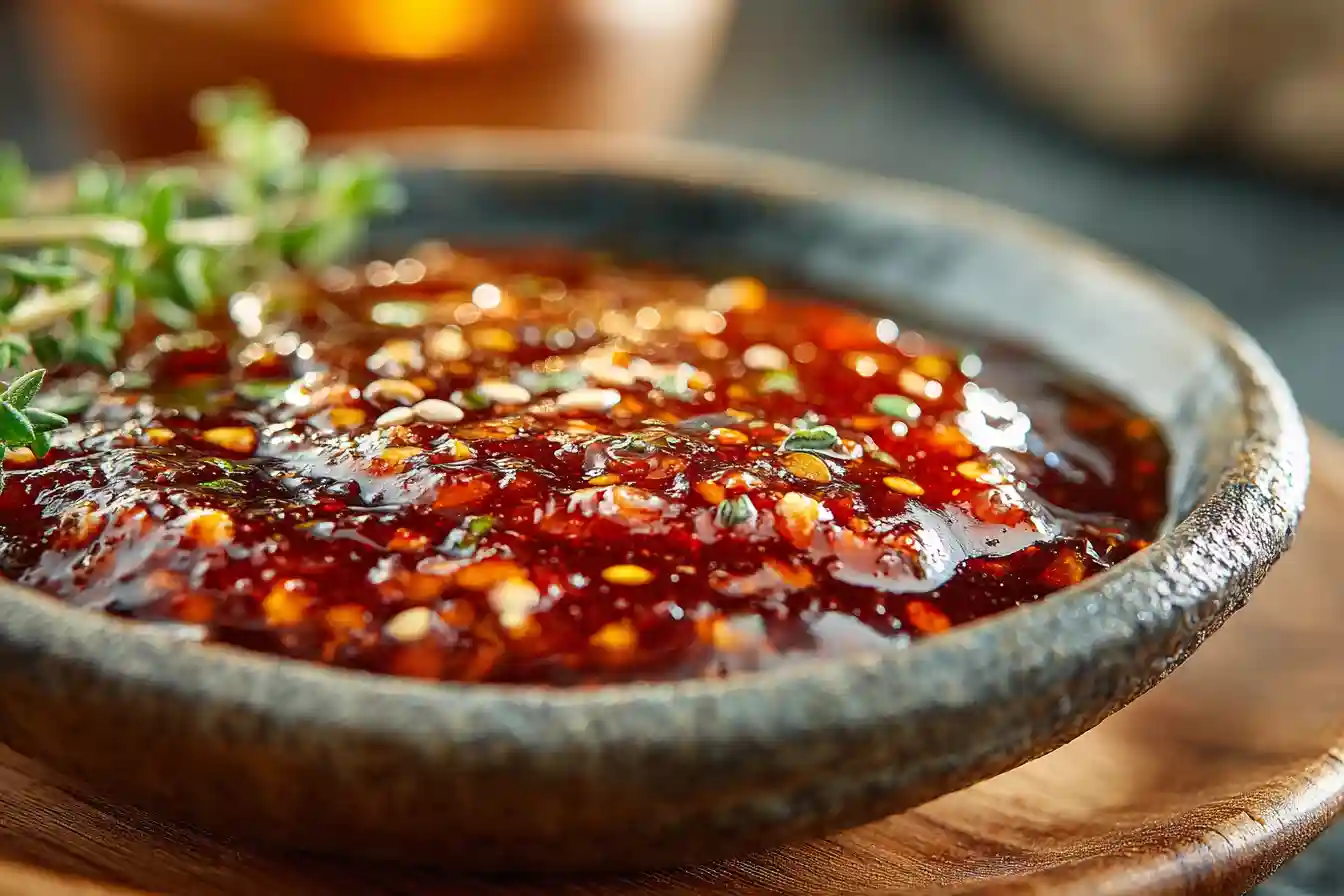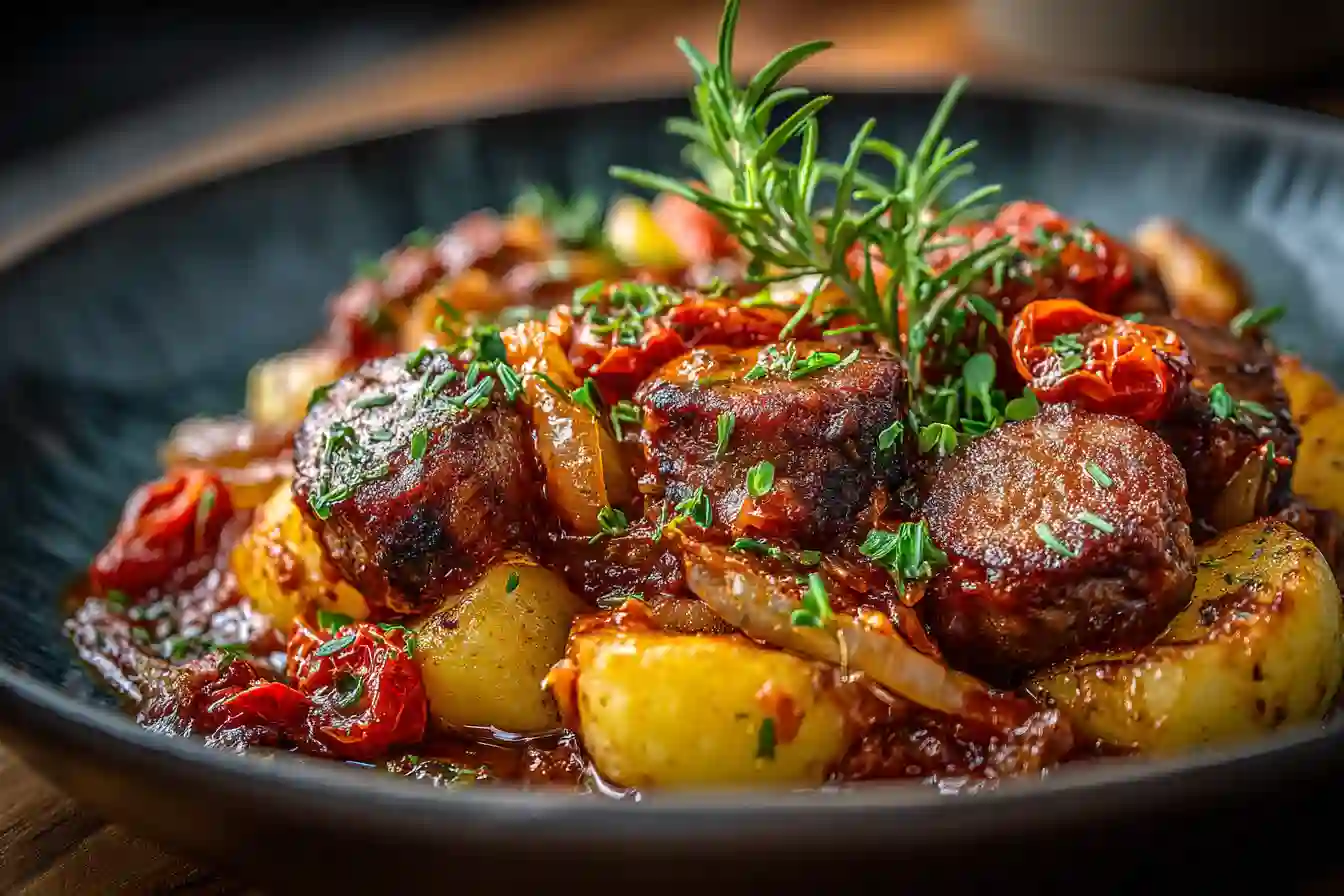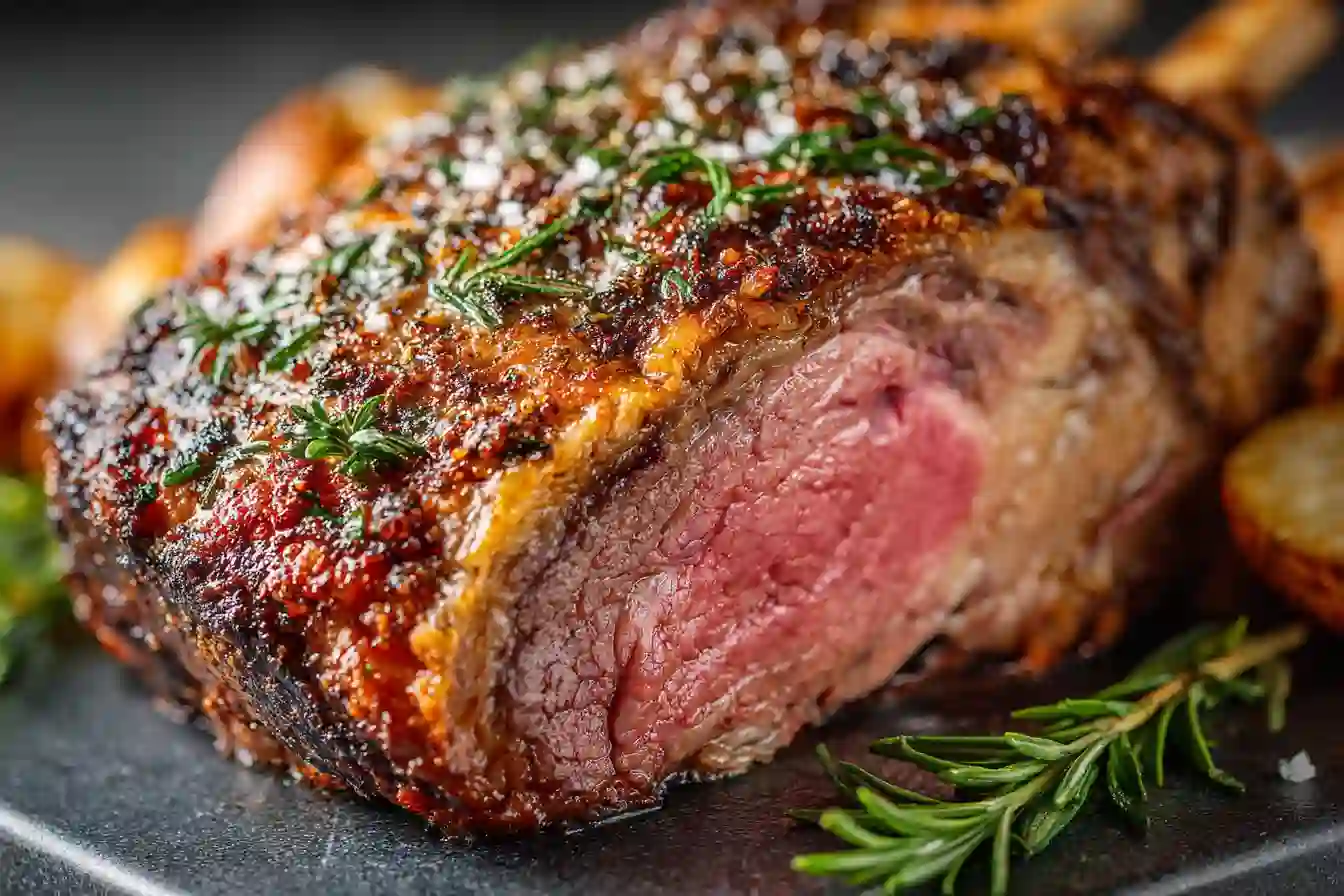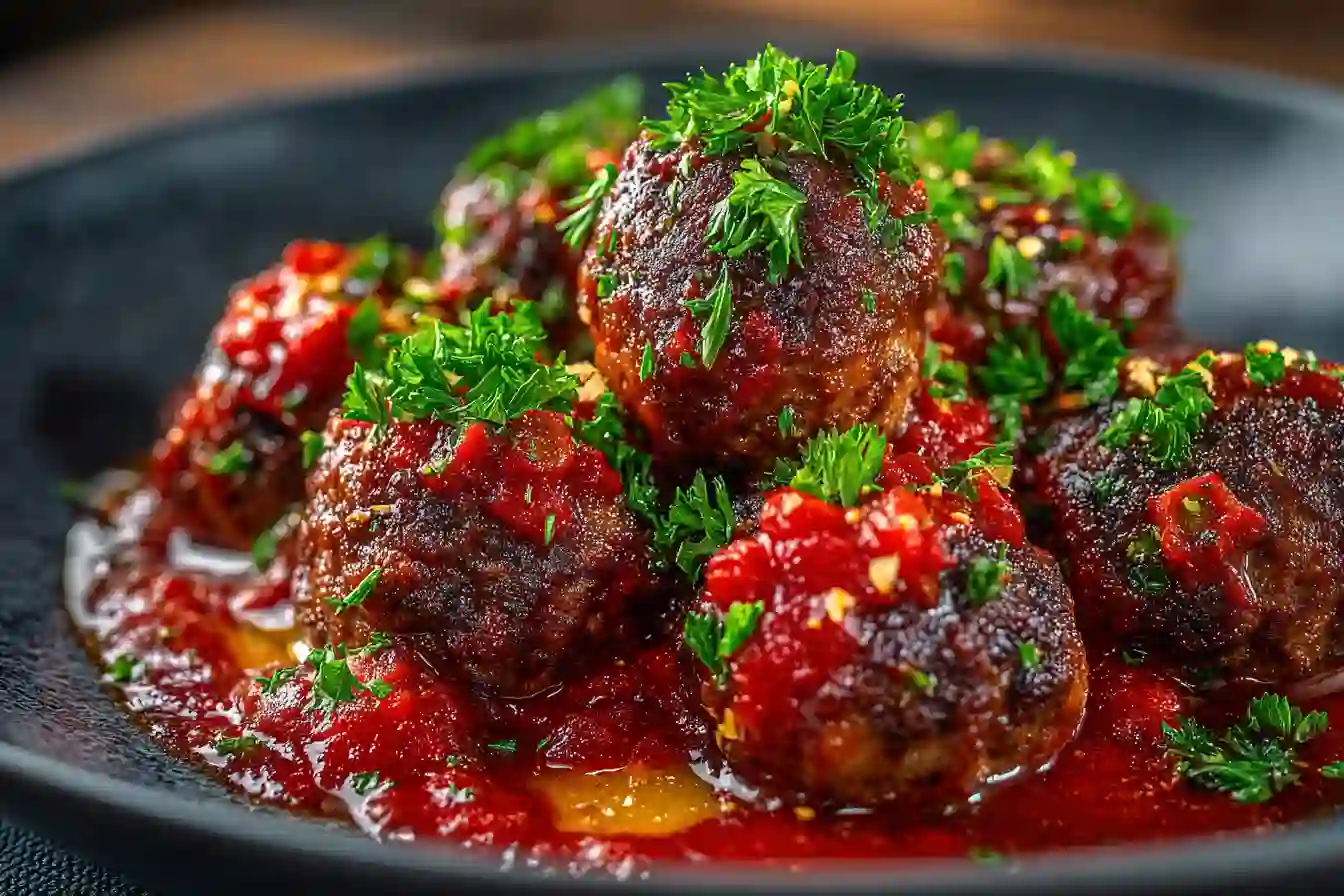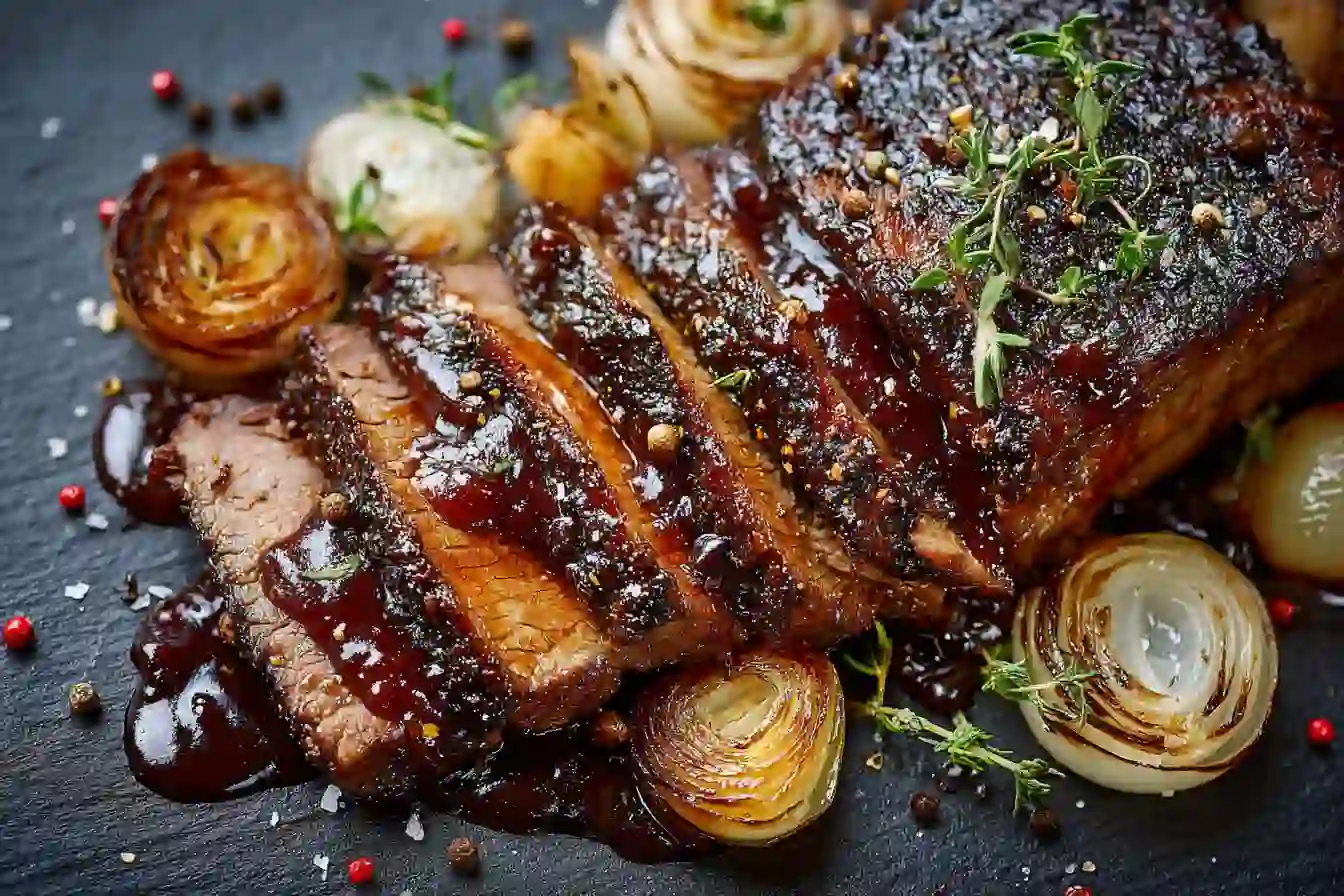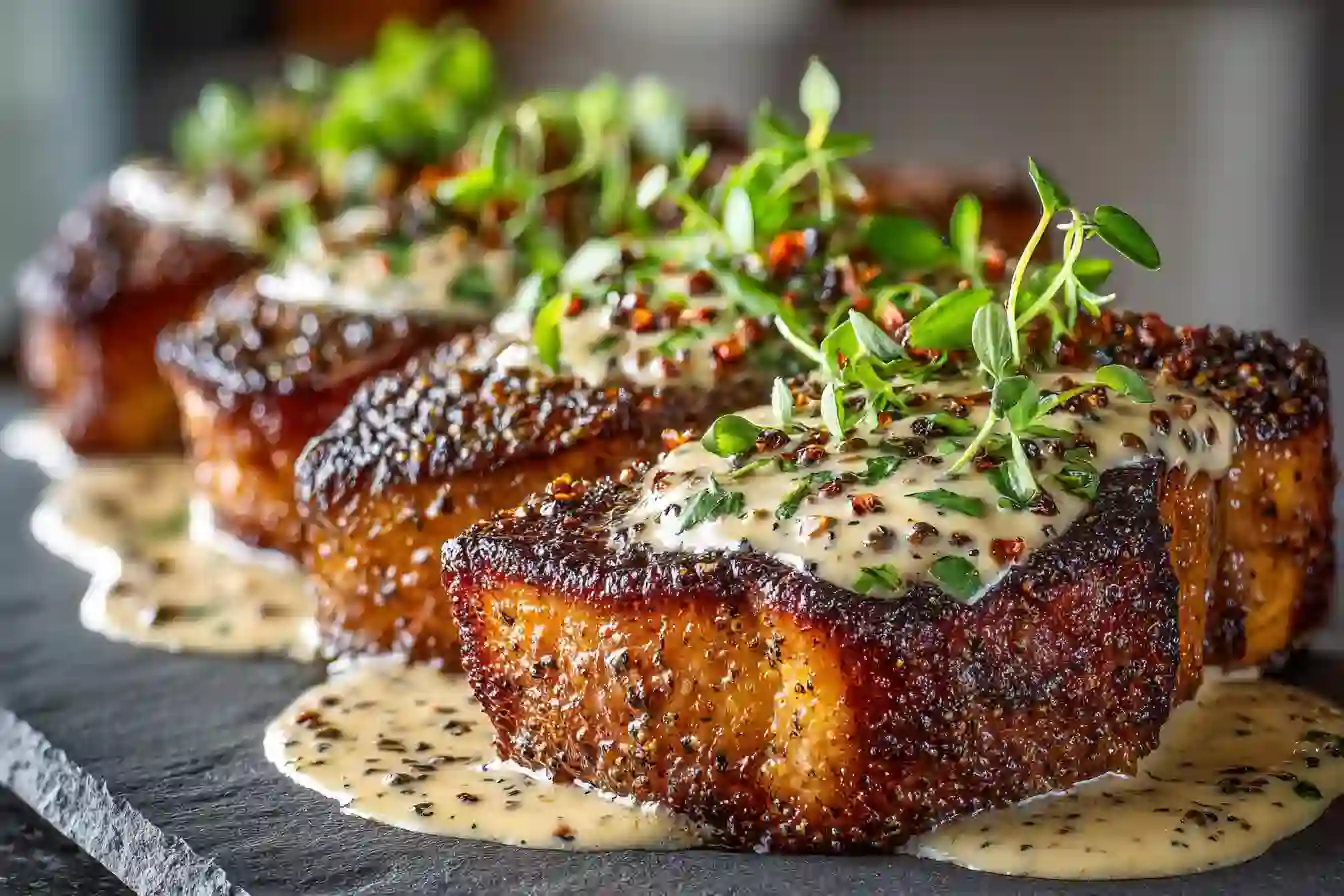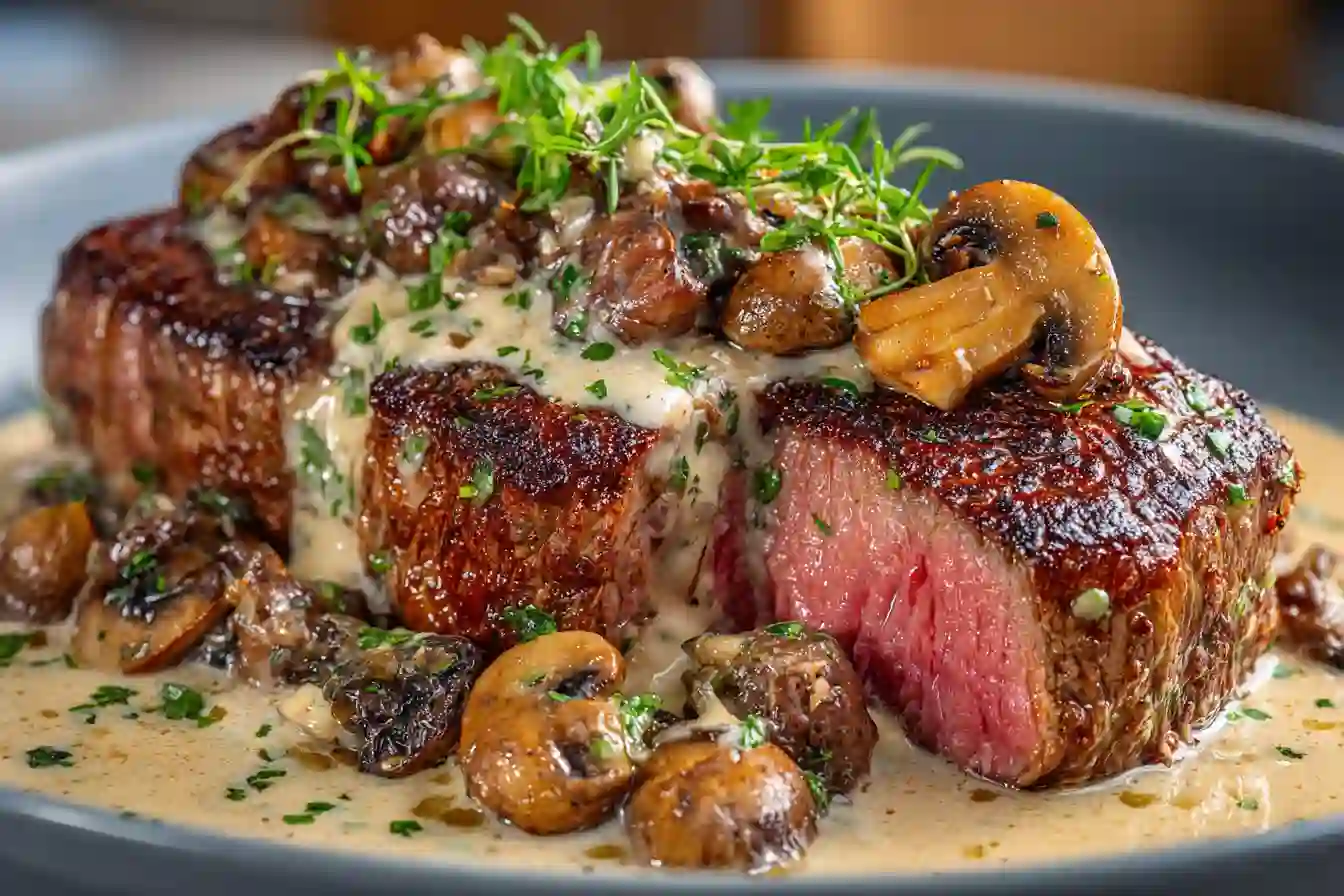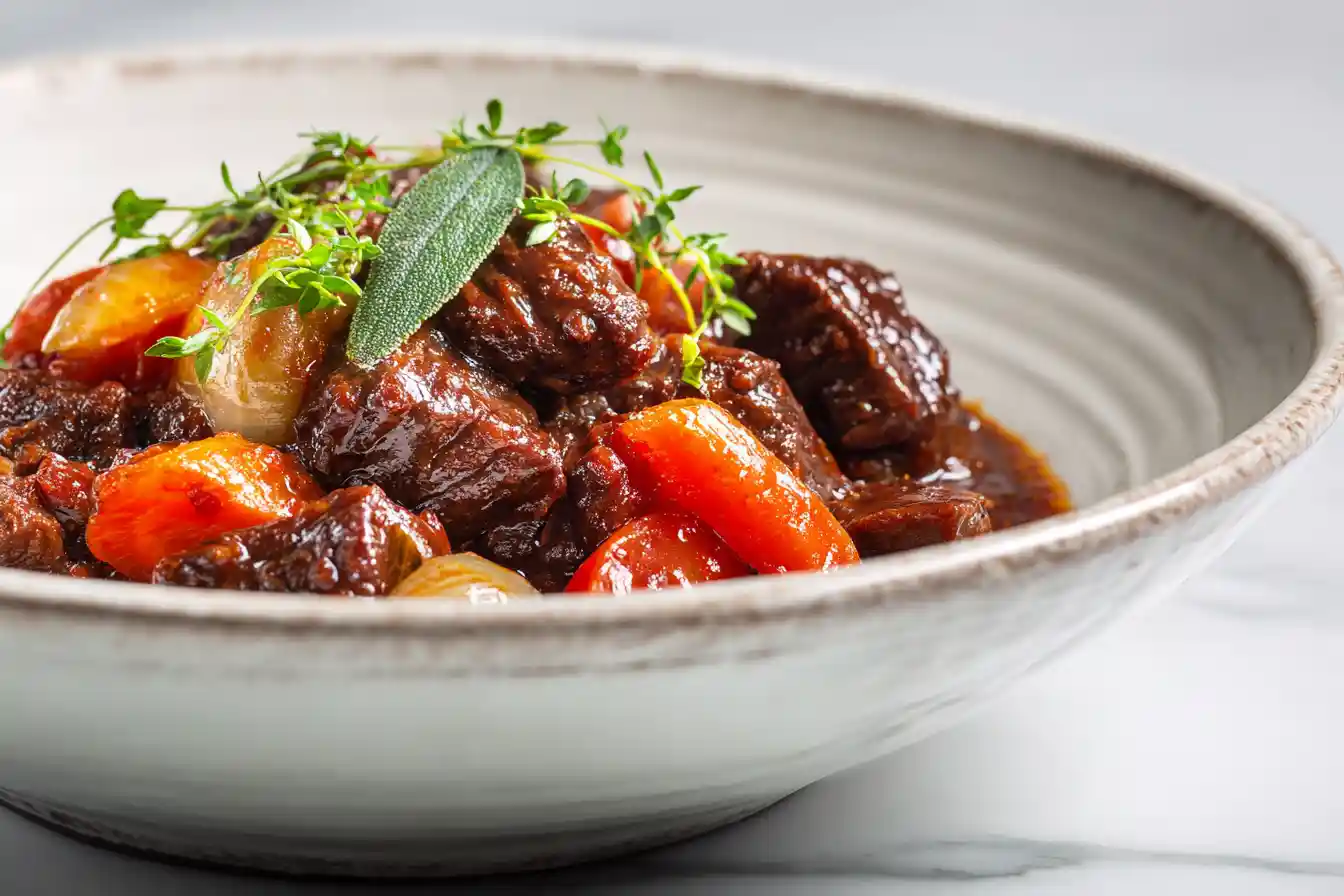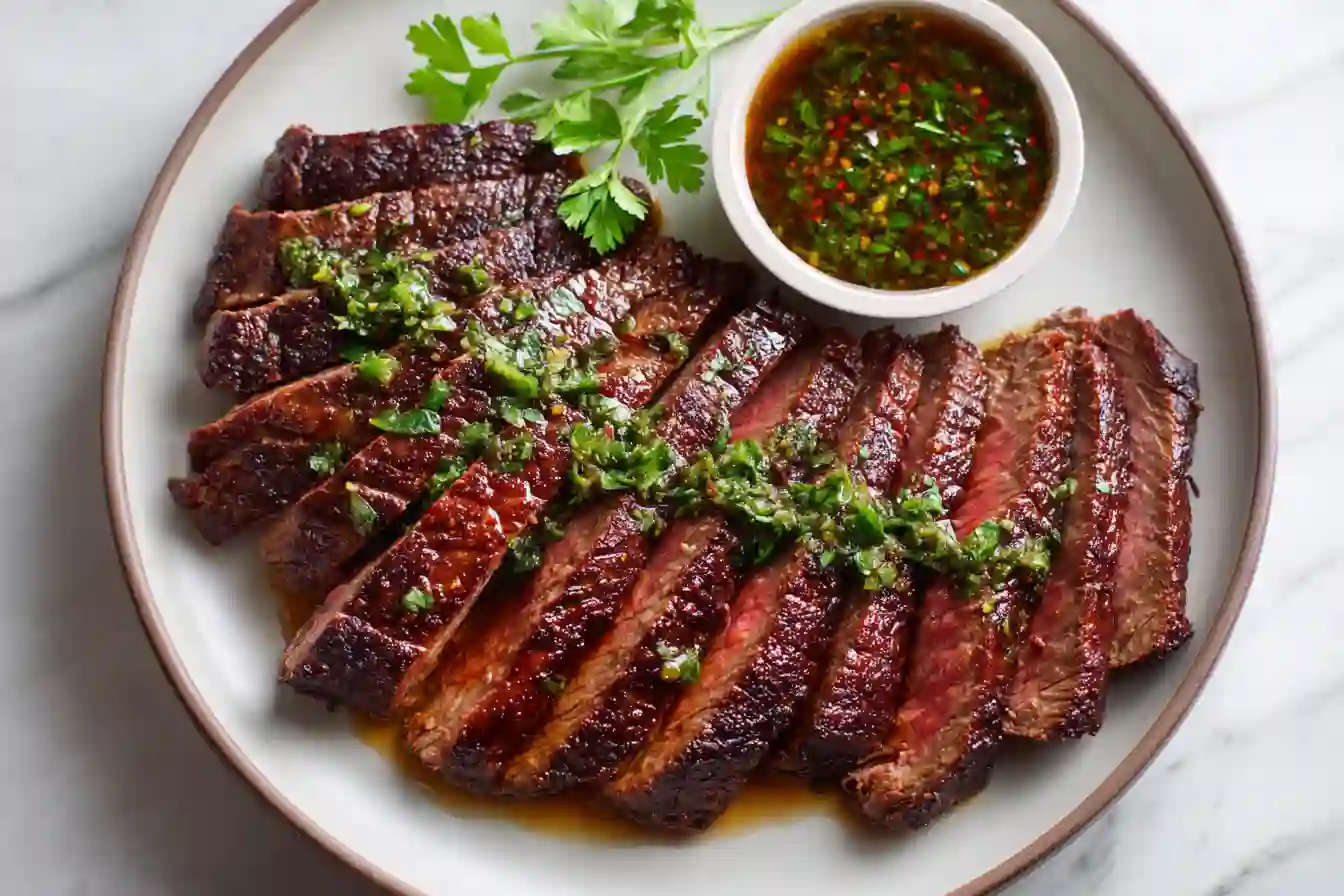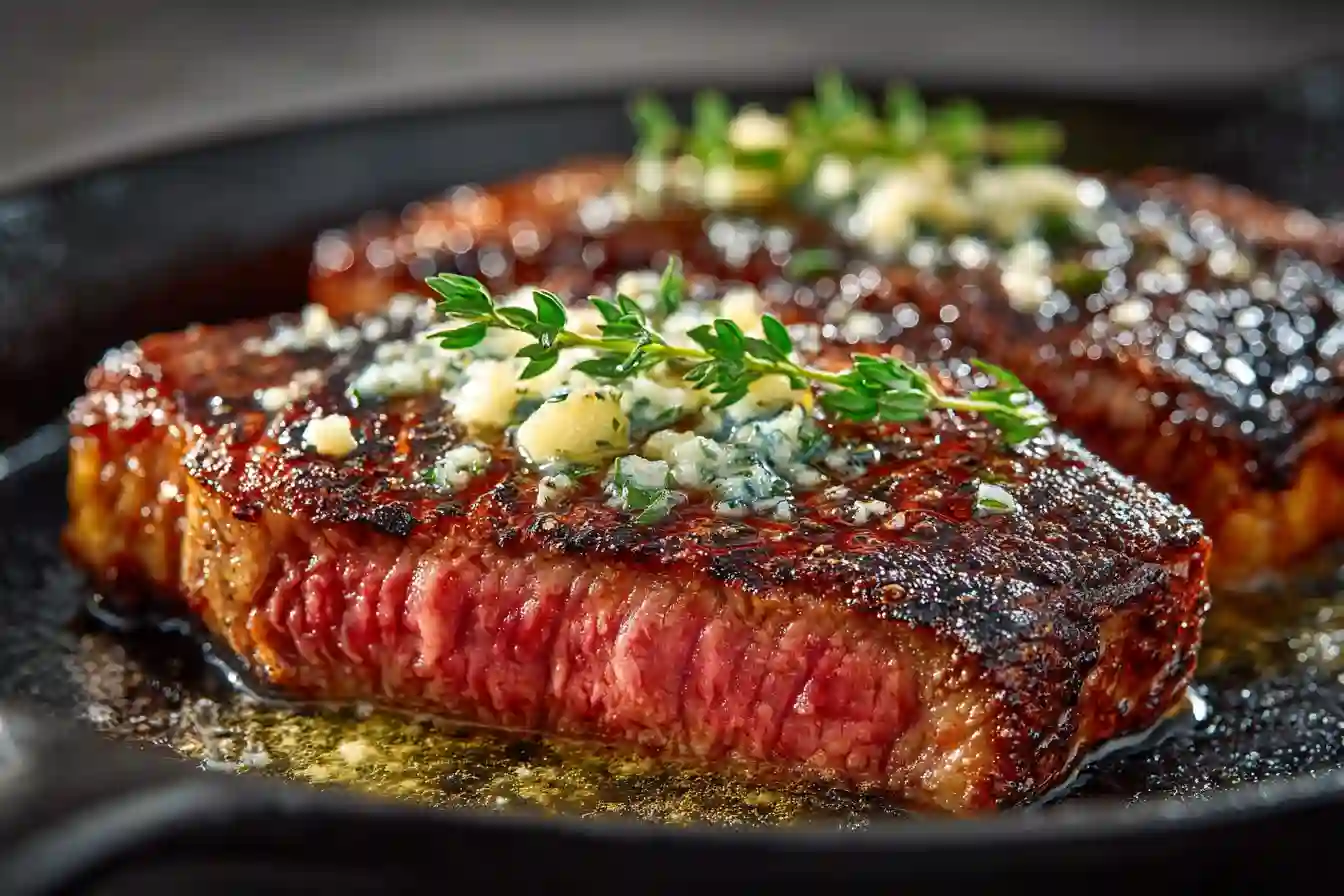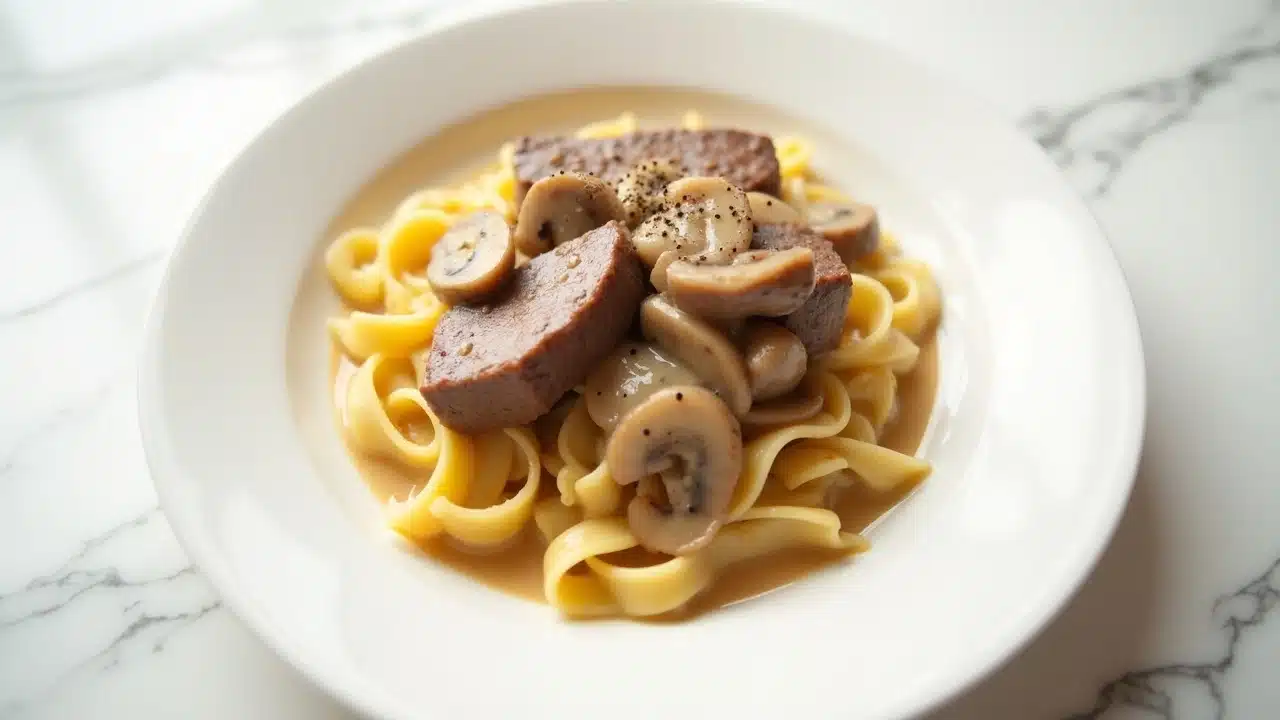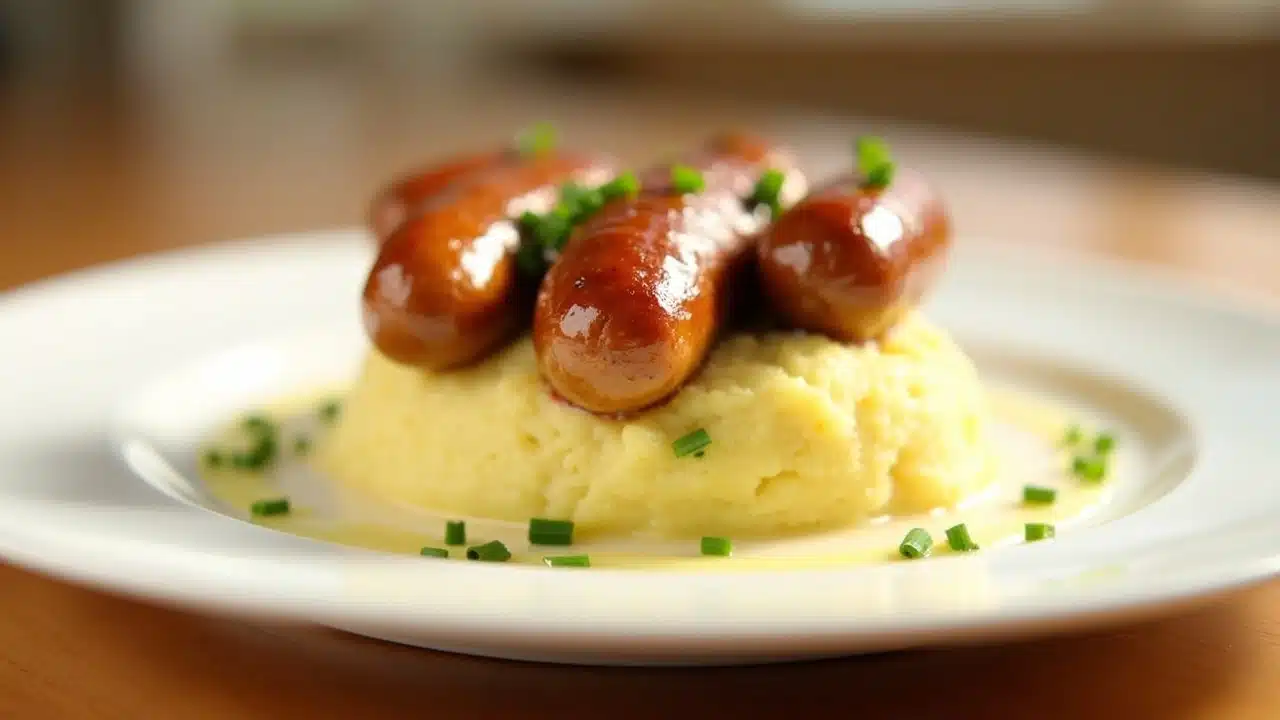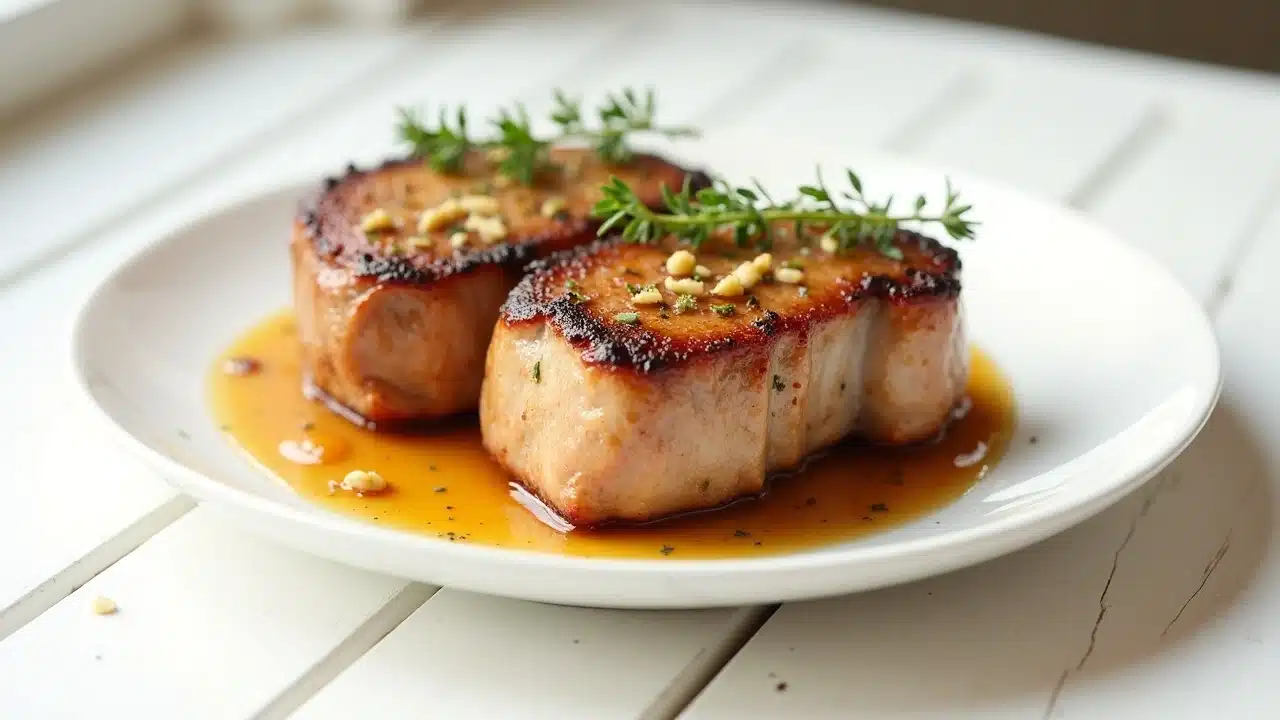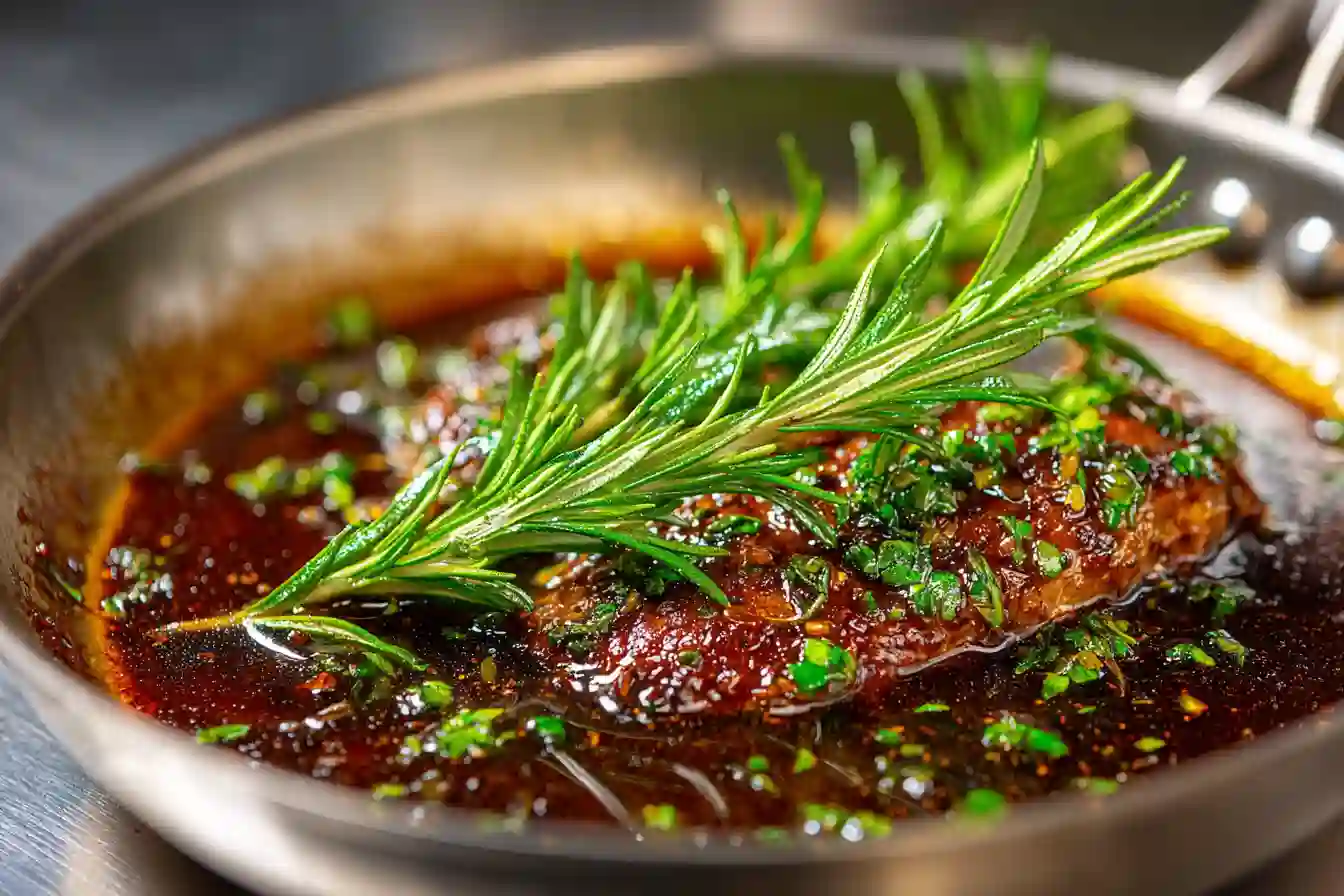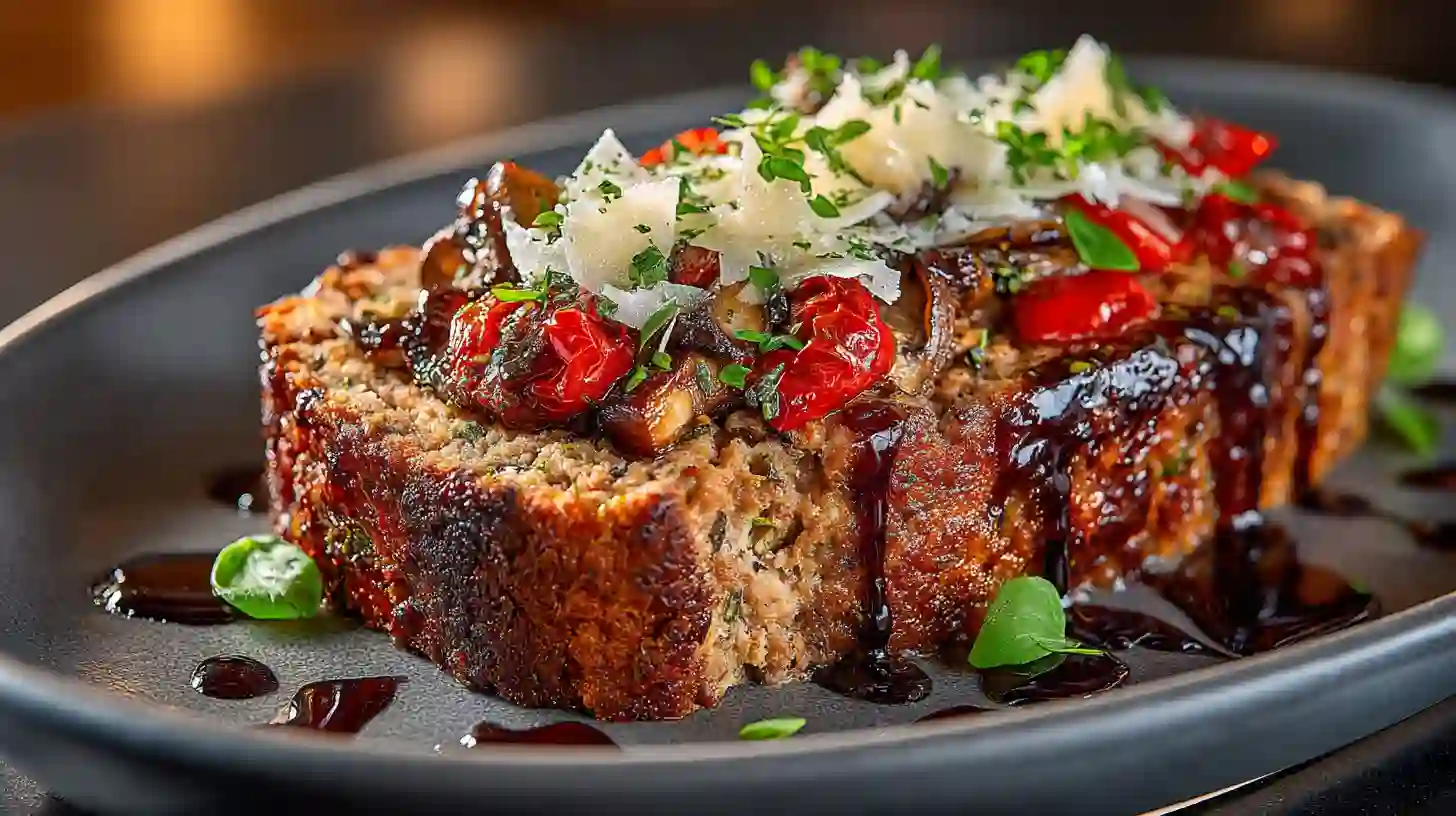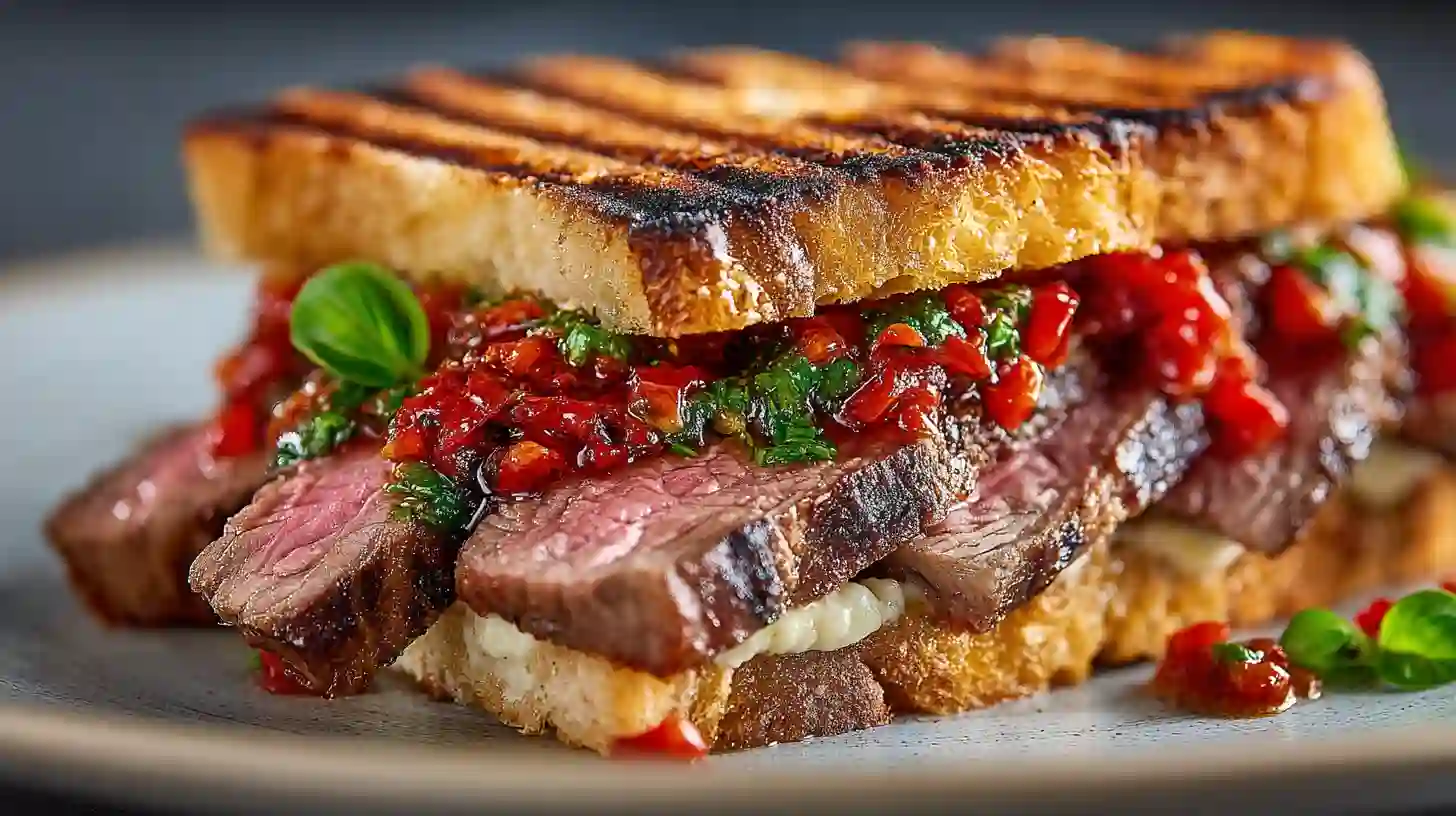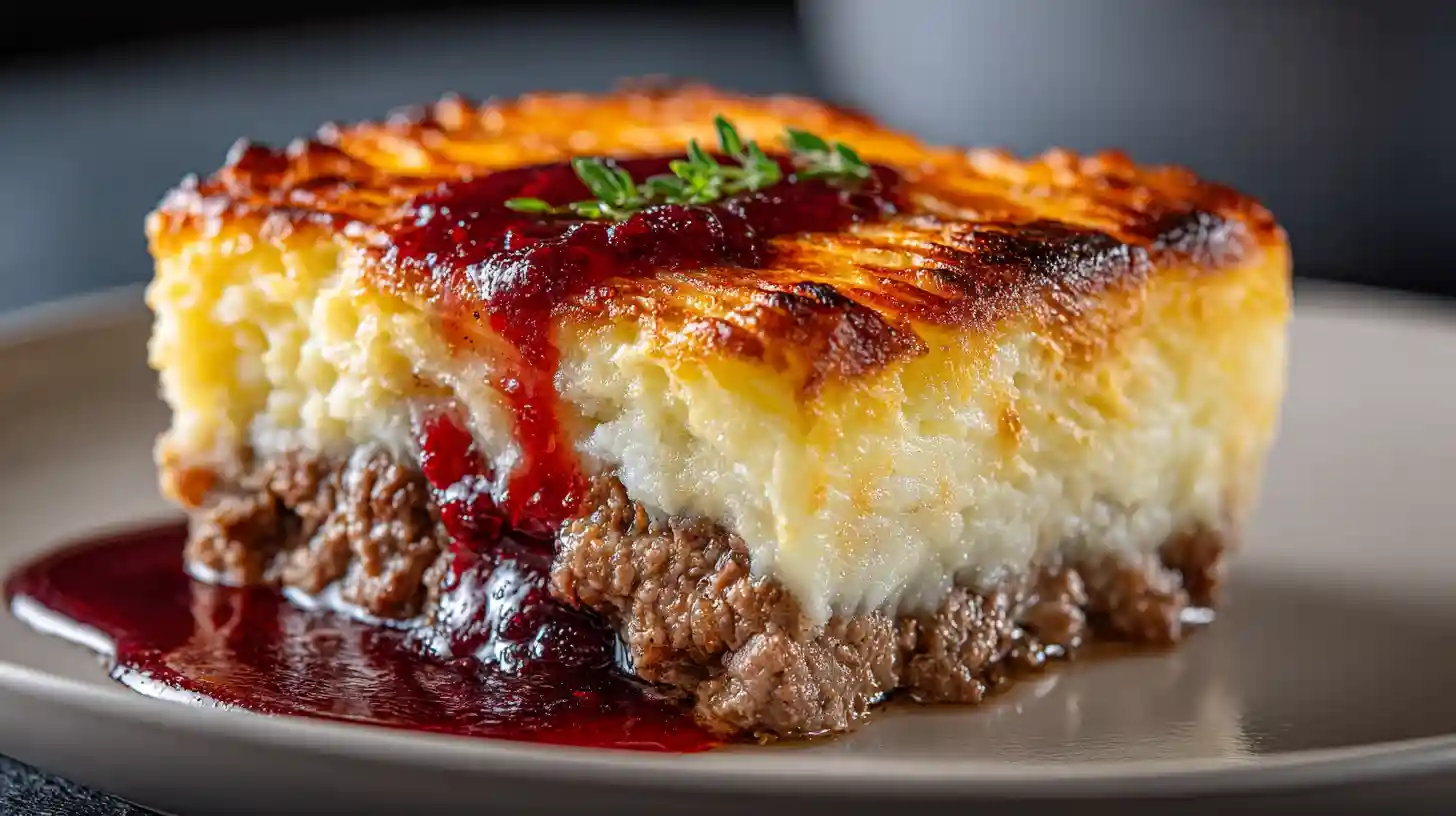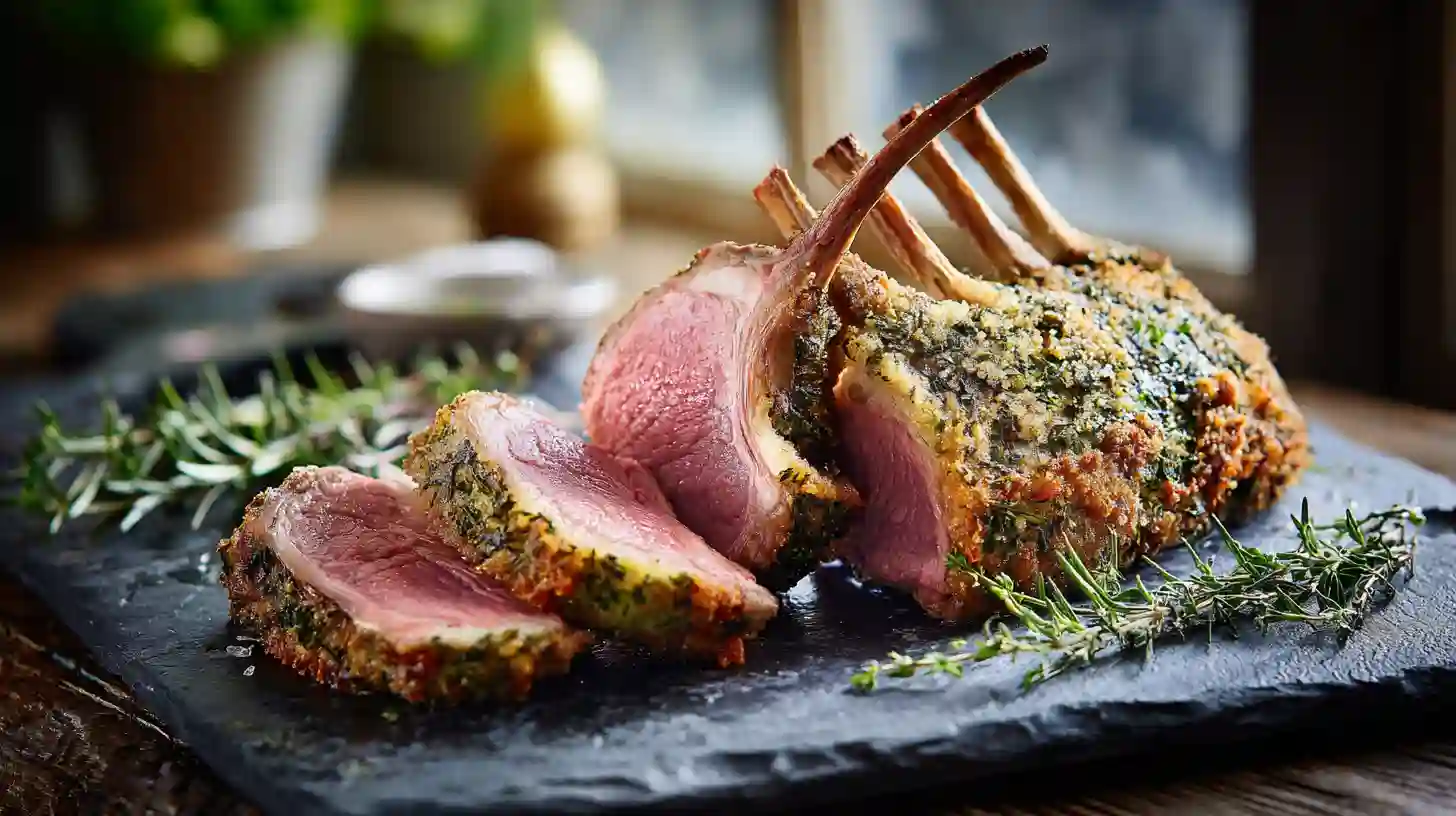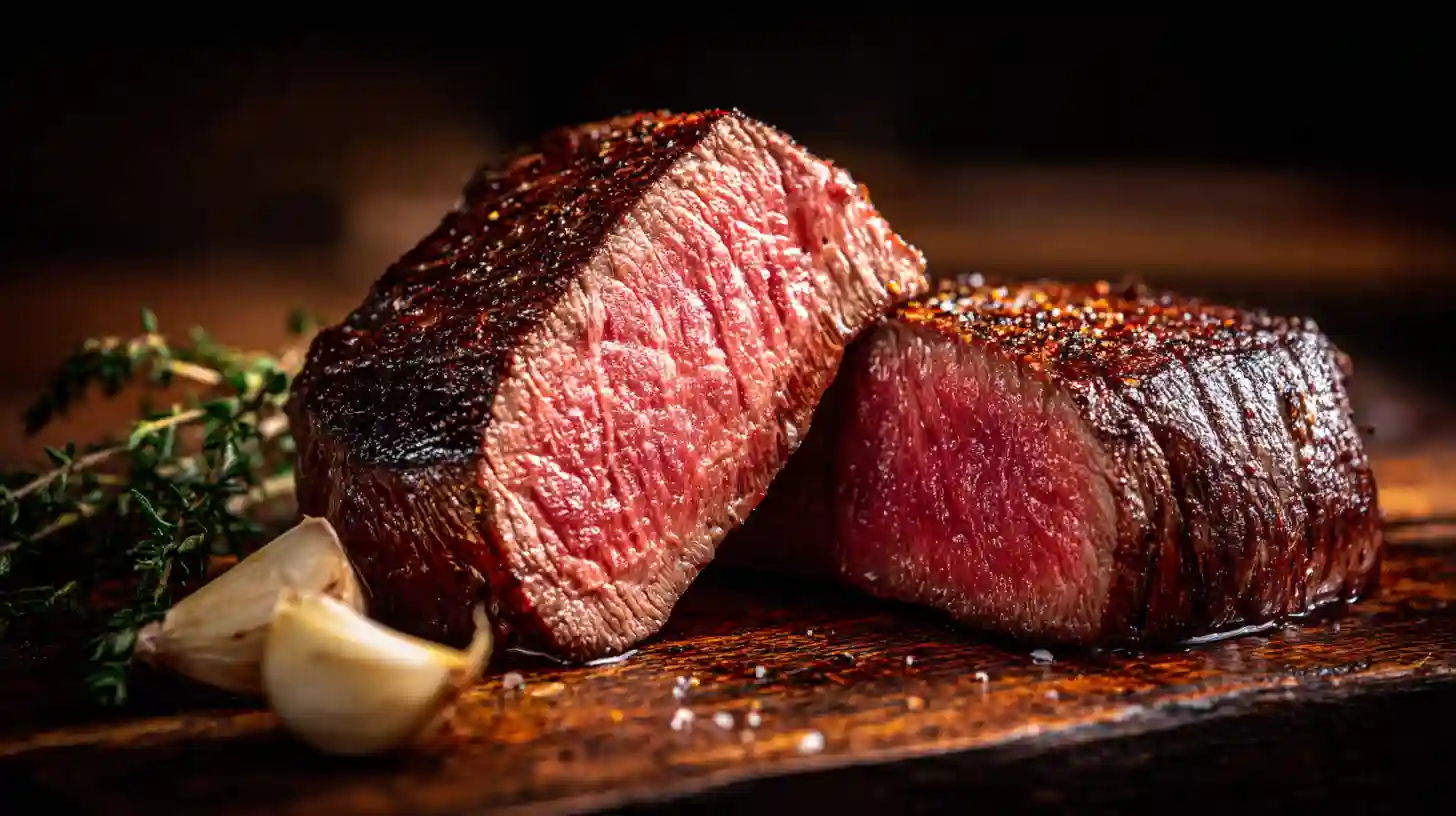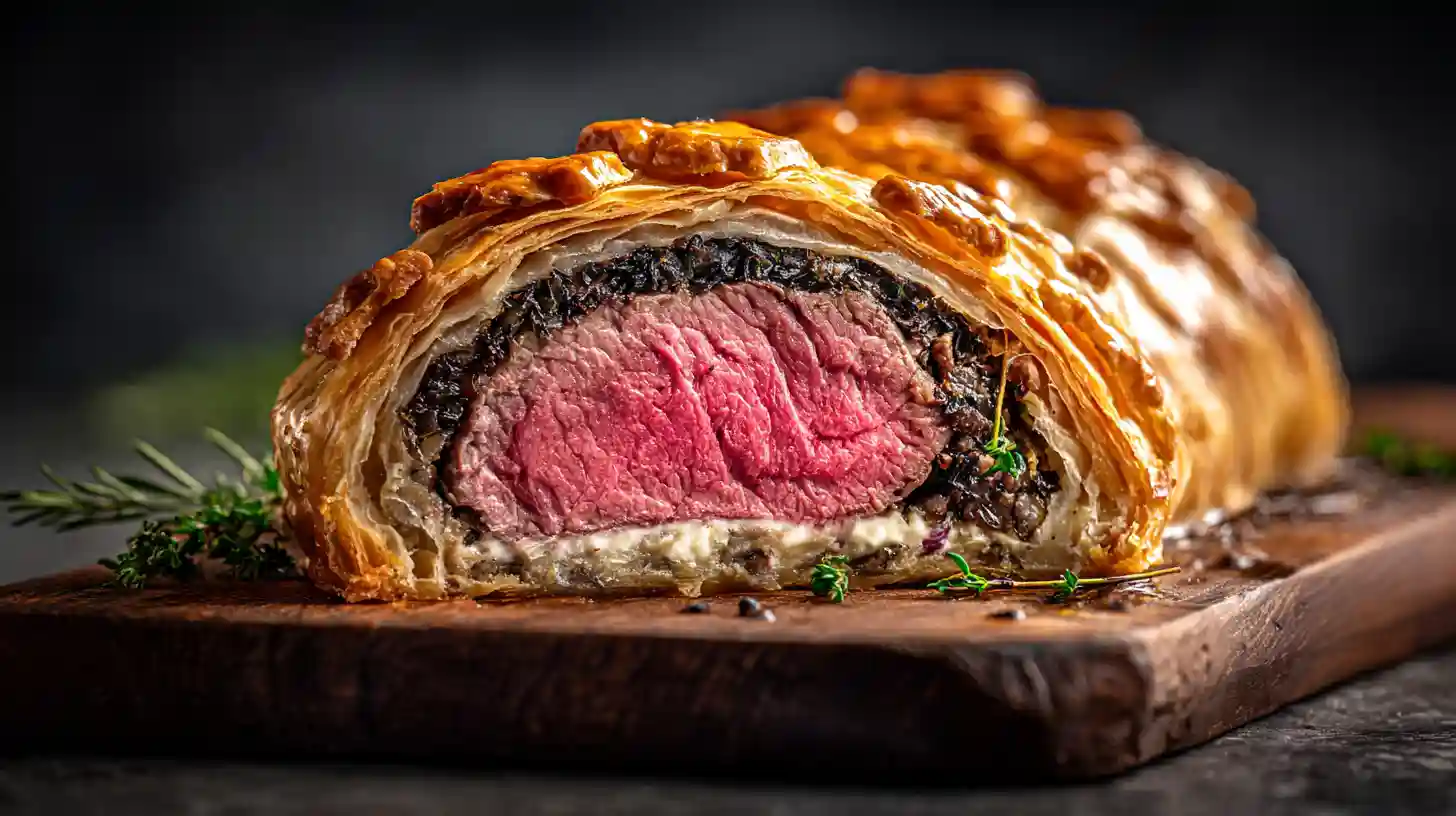Truly great Beef and Lamb Recipes are built on technique, not a long list of fancy ingredients. It’s the one thing that separates unforgettable, show-stopping meals from the gray, forgettable dinners I’ve made more times than I care to admit. After countless hours in the kitchen testing, failing, and deconstructing the methods of the world’s most demanding chef, I’ve learned that a universal philosophy underpins every successful red meat dish.
This is that philosophy. It’s a system perfected by Gordon Ramsay, built on a fanatical devotion to three things: a blistering sear, an aromatic baste, and a patient rest. This isn’t just another recipe roundup. This is the foundational guide to mastering the craft of cooking beef and lamb. Once you understand these principles, you can tackle any cut, from a weeknight steak to a holiday roast, with absolute confidence. Let’s get to work.
The Three Pillars of All Great Beef and Lamb Recipes
Success isn’t about luck. It’s about a repeatable process that builds flavor at every single stage. Whether you’re cooking a £5 lamb chop or a £50 filet, these three pillars are non-negotiable.
1. The Sear: Where Flavor is Forged
Ramsay’s mantra, “No color, no flavor,” is the first commandment of cooking meat. That deep, mahogany crust you see in restaurants is the Maillard reaction, a beautiful chemical process that creates immense depth and savory complexity. To achieve it at home, you need three conditions. First, the pan—preferably cast-iron—must be ferociously hot. Second, the meat’s surface must be completely dry. Use paper towels and pat it down until there’s no visible moisture. Water creates steam, and steam is the mortal enemy of a crust. Third, give the meat space. Crowding the pan drops the temperature and steams your meat. The aggressive, crackling sizzle you hear when the meat hits the pan is the sound of success. It’s the sound of a proper sear.
2. The Baste: The Aromatic Shield
Once you’ve built your crust, you start building the next layer of flavor. After searing, reduce the heat to medium and toss in your aromatics—smashed garlic cloves (skin on) and a few sprigs of a woody herb like thyme or rosemary. Follow that with a generous knob of cold butter. As it melts and foams, tilt the pan toward you. Use a large spoon to continuously scoop up that fragrant, bubbling butter and pour it over the meat. This isn’t just for moisture; it’s an active seasoning process. The garlic sweetens, the herbs infuse the browning butter, and the entire mixture creates a glorious, nutty sauce that coats and seasons the meat. This is how you go from a good steak to a great one.
3. The Rest: The Final, Crucial Act of Patience
This is the step that separates the amateurs from those who know. High-heat cooking forces a muscle’s fibers to tense up, pushing all the juices to the center. If you slice into it right away, that moisture will pour out onto your board, leaving the meat dry and disappointing. Resting allows the fibers to relax and reabsorb every last drop of flavorful juice. The rule is to rest the meat for at least half its cooking time, and for smaller cuts like steaks or chops, rest it for the full cooking time (e.g., cook 8 minutes, rest 8 minutes). Set it on a warm plate, tent it loosely with foil, and leave it alone. It’s the easiest and most important step in any Beef and Lamb Recipes.
Mistake Watchouts: I Failed So You Don’t Have To
I’ve made these mistakes so many times. The smoke alarm has been my sous chef. Learn from my kitchen disasters.
- Mistake #1: The Coward’s Sear. I used to fear a truly hot pan. I’d toss my steak in when it was just hot-ish. The result was always a pathetic, pale piece of meat with a thick, gray band of overcooked meat just below the surface. The Fix: Commit to the heat. Your pan should be lightly smoking before the meat goes in. Heat is not the enemy; it’s the tool that builds flavor.
- Mistake #2: The Crowded, Watery Pan. In a rush, I once threw four lamb chops into a small skillet. The temperature plummeted, and they just simmered in their own juices. No crust, no flavor, total failure. The Fix: Cook in batches. It takes a few extra minutes, but the payoff is a perfect sear on every single piece. A crowded pan is a steamy pan.
- Mistake #3: The Post-Cook Massacre. I remember the first time I nailed a perfect medium-rare temperature on a thick ribeye. I was so proud I carved into it immediately. The river of juice that flooded my cutting board was tragic. The steak was instantly tougher. The Fix: Respect the rest. Treat it like part of the cooking time. Set a timer and walk away. Your reward is a tender, juicy piece of meat from edge to edge.
Essential Beef & Lamb Recipes to Master (The Pillar Content)
Once you internalize the three pillars, you can apply them to this hierarchy of classic dishes. These are the recipes that form the core of this site’s beef and lamb category, and each will have its own detailed guide.
- The Foundational Pan-Seared Steak: This is your training ground. It is the purest application of the sear-baste-rest method and the starting point for everything else.
- The Show-Stopping Beef Wellington: The ultimate test of technique. It combines a perfect filet sear with pastry work and precise temperature control.
- The Elegant Herb-Crusted Rack of Lamb: This dish teaches finesse. It requires a perfect sear to protect the delicate meat before finishing it gently in the oven with an aromatic crust.
- The Soulful Slow-Braised Lamb Shanks or Beef Short Ribs: This demonstrates the versatility of the philosophy. A hard sear is the first step, creating a deep flavor base before a long, slow braise transforms tough cuts into fall-apart-tender masterpieces.
Plating and Execution
You eat with your eyes first. Ramsay’s plating is always clean, confident, and lets the food speak for itself.
- Slice Against the Grain: This is non-negotiable. Identify the direction of the muscle fibers in your cooked meat and slice perpendicular to them. This mechanically tenderizes every bite.
- Save the Juices: That liquid on the resting plate is pure flavor. Drizzle it over the sliced meat right before it goes to the table.
- Garnish with Intent: A sprig of the thyme you basted with. A final sprinkle of flaky sea salt. That’s it. Don’t hide your perfectly cooked meat under a pile of parsley.

